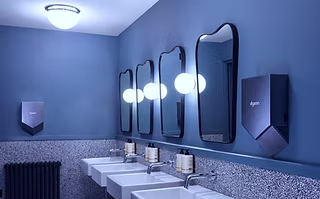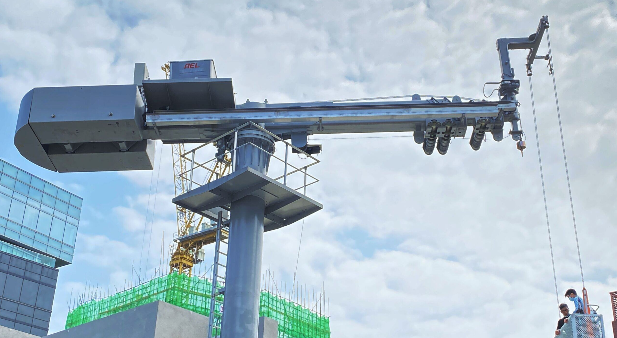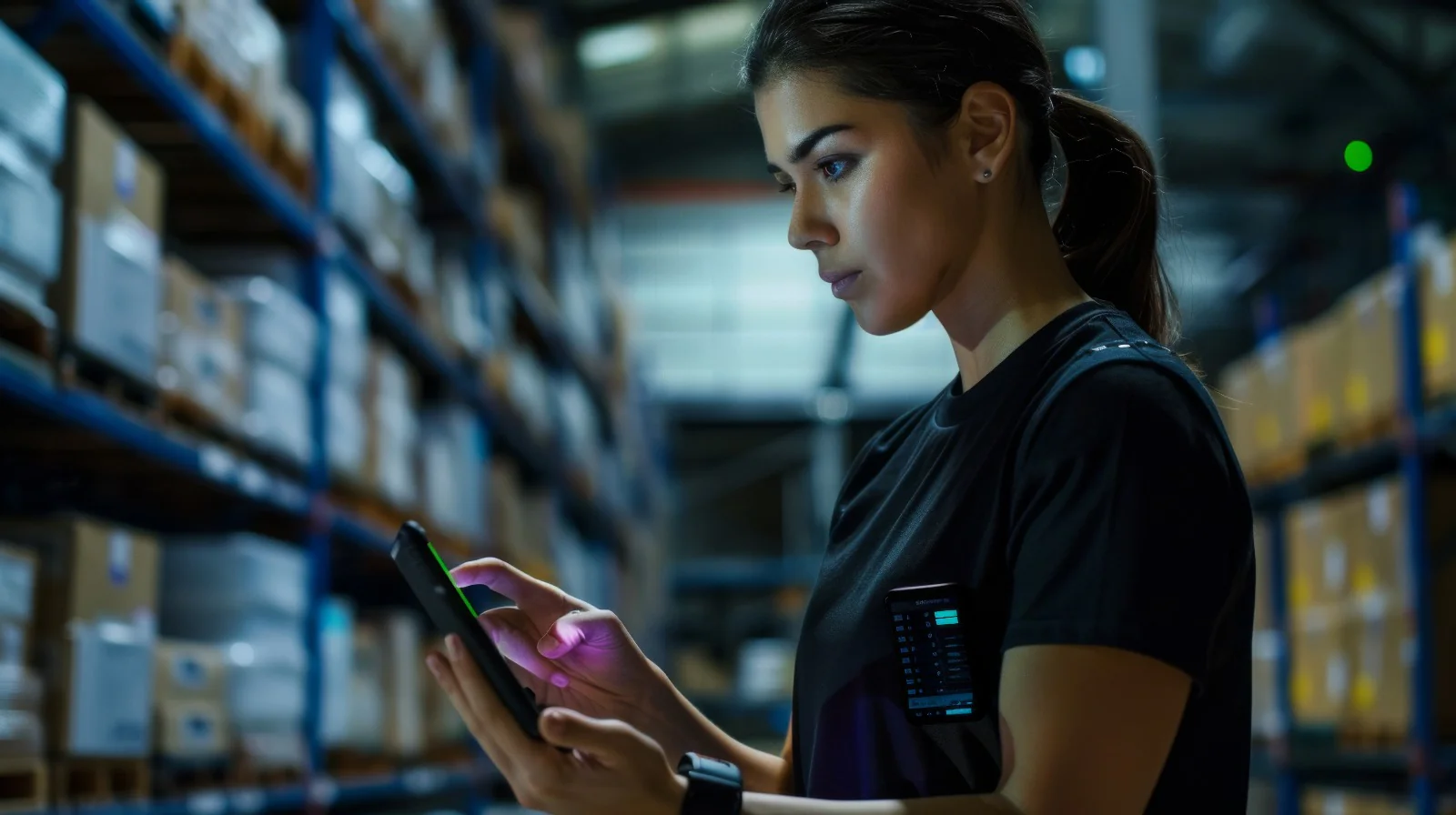Toilet systems are an essential part of daily life and facility management, impacting not only sanitation but also operational efficiency and environmental sustainability. With the advancement of technology, traditional toilet systems are evolving into smart, connected solutions that redefine hygiene standards and resource management. This article explores the fundamentals of toilet systems, the challenges faced by conventional setups, and how innovative smart toilet systems, like those powered by IoT, are revolutionizing restroom management for modern facilities.
What Is a Toilet System?
A toilet system refers to the complete mechanism and infrastructure that facilitates the disposal of human waste safely and hygienically. Typically, this includes the toilet bowl, flushing mechanism, water tank, sewage connections, and in some cases, additional features for odor control and cleaning.
There are several types of toilet systems commonly used today:
- Gravity-Fed Toilet Systems: These rely on gravity to push water from the tank into the bowl, flushing waste down the drain.
- Pressure-Assisted Systems: These use pressurized air to forcefully flush the bowl, providing stronger waste removal.
- Dual Flush Systems: Designed to save water, these systems offer two flushing options – one for liquid waste and a stronger flush for solid waste.
- Composting Toilets: An eco-friendly alternative that processes waste into compost without using water.
Each system has its advantages, but traditional toilets often face challenges related to water efficiency, maintenance, and hygiene.
Challenges in Traditional Toilet Systems
Despite their ubiquity, conventional toilet systems present several issues that affect both users and facility operators:
- Water Wastage: Older toilets can use up to 7 gallons (26.5 liters) per flush, leading to significant water consumption, especially in high-traffic facilities.
- Maintenance Difficulties: Without real-time monitoring, cleaning and maintenance schedules can be inefficient or reactive, leading to unclean or malfunctioning restrooms.
- Hygiene Concerns: High-contact surfaces and infrequent cleaning contribute to the spread of germs and poor user experiences.
- Operational Costs: Excessive water use and inefficient maintenance increase overall facility operating expenses.
- Environmental Impact: Overuse of water and chemicals for cleaning increases the carbon footprint of facility operations.
Addressing these challenges calls for smarter solutions that can monitor, analyze, and optimize restroom functions in real-time.
The Rise of Smart Toilet Systems
Smart toilet systems have emerged as a cutting-edge solution for modern restroom management. By integrating Internet of Things (IoT) technologies, these systems connect toilets and restroom facilities to centralized platforms that gather and analyze data continuously.
Key technologies include:
- IoT Sensors: Detect toilet usage, monitor consumable levels (such as soap and paper towels), and sense environmental factors like humidity or odors.
- Real-Time Data Analytics: Process sensor inputs to identify trends, predict needs, and automate decision-making.
- Artificial Intelligence (AI): Enables dynamic scheduling of cleaning, predictive maintenance alerts, and resource optimization.
These innovations transform traditional toilet systems from passive fixtures into intelligent assets that actively contribute to facility management goals.
Benefits of Smart Toilet Systems
Implementing smart toilet systems offers multiple advantages for both facility managers and users:
Improved Cleanliness and Hygiene: Sensor-driven cleaning schedules ensure that restrooms are cleaned precisely when needed, rather than on fixed or arbitrary timetables. This responsiveness maintains high standards of hygiene, reduces unpleasant odors, and enhances user comfort.
Resource Efficiency: By monitoring consumable usage and water flow, smart toilet systems help minimize waste. For example, real-time tracking of soap and paper supplies enables timely restocking, avoiding shortages or overstocking. Water-saving flush technologies integrated with IoT sensors further reduce unnecessary water consumption.
Cost Savings: Optimized cleaning routines reduce labor costs and prevent overuse of cleaning agents. Early detection of maintenance issues through sensor alerts prevents costly repairs and downtime.
Enhanced User Experience: Facilities equipped with smart toilets provide cleaner, more comfortable restrooms, positively impacting visitor satisfaction and brand reputation. Additionally, data insights allow facility operators to tailor services according to usage patterns.
AST Smart IoT Toilet Solution
A leading example of innovation in this space is the AST Smart IoT Toilet Solution by Advancer Smart Technology (AST). This comprehensive platform leverages advanced IoT sensors and AI-powered data analytics to redefine restroom management.
How It Works: AST’s solution uses sensor-based data to monitor toilet usage, consumables, and environmental conditions. This data powers dynamic cleaning schedules, ensuring that restrooms are serviced efficiently and only when necessary.
The platform also tracks consumable usage, such as toilet paper and soap, alerting maintenance teams for timely replenishment. These capabilities help facilities avoid both shortages and waste.
Sustainability and Data Security: AST places a strong emphasis on sustainability by optimizing resource utilization and reducing environmental impact. Water and consumable savings translate to lower carbon footprints for client facilities.
Data privacy and security are also top priorities. AST adheres to strict GDPR regulations, anonymizes sensitive data, and employs robust encryption techniques to protect user information.
Scalability: Whether managing a single restroom or a network of facilities, AST’s IoT toilet system can scale seamlessly. This flexibility makes it ideal for various settings, including commercial buildings, airports, malls, and educational institutions.
How to Choose the Right Toilet System for Your Facility
Selecting an appropriate toilet system depends on several factors:
- Facility Size and Traffic Volume: High-traffic locations benefit most from smart IoT solutions due to the need for constant monitoring and maintenance efficiency.
- Sustainability Goals: Facilities aiming to reduce water usage and operational waste should prioritize systems with water-saving and resource tracking features.
- Budget Considerations: While smart toilet systems may require a higher initial investment, long-term savings in water, labor, and maintenance often justify the cost.
- User Experience Focus: Premium facilities may opt for advanced smart toilets that offer additional features like touchless operation and odor control.
Integrating a smart toilet system provides measurable benefits over traditional systems, offering a future-proof solution aligned with modern facility management needs.
Future Trends in Toilet Systems
The future of toilet systems promises even greater advancements:
- Contactless Controls: Touchless flushing and soap dispensing minimize physical contact, further improving hygiene.
- Waterless and Low-Water Toilets: New technologies aim to drastically reduce or eliminate water use altogether.
- Advanced Materials: Antimicrobial and self-cleaning materials improve surface hygiene and reduce cleaning frequency.
- Deeper IoT Integration: Enhanced AI and machine learning capabilities will allow even smarter predictive maintenance and user analytics.
- Sustainability Focus: Circular economy principles will inspire toilet system designs that reduce waste and encourage reuse.
These developments will continue to transform toilet systems from basic fixtures into integral components of smart, sustainable buildings.
Takeaway
Upgrading to modern smart toilet systems is a crucial step toward achieving higher efficiency, improved hygiene, and sustainability in facility management. By leveraging IoT sensors, AI, and real-time data analytics, these systems address the shortcomings of traditional toilet setups and provide actionable insights that save resources and costs.
Solutions like the AST Smart IoT Toilet System showcase how technology can revolutionize restroom management, offering scalable, secure, and environmentally conscious options for a wide range of facilities. Facility managers and business owners are encouraged to explore these innovations to elevate their operations and deliver better experiences to users.











